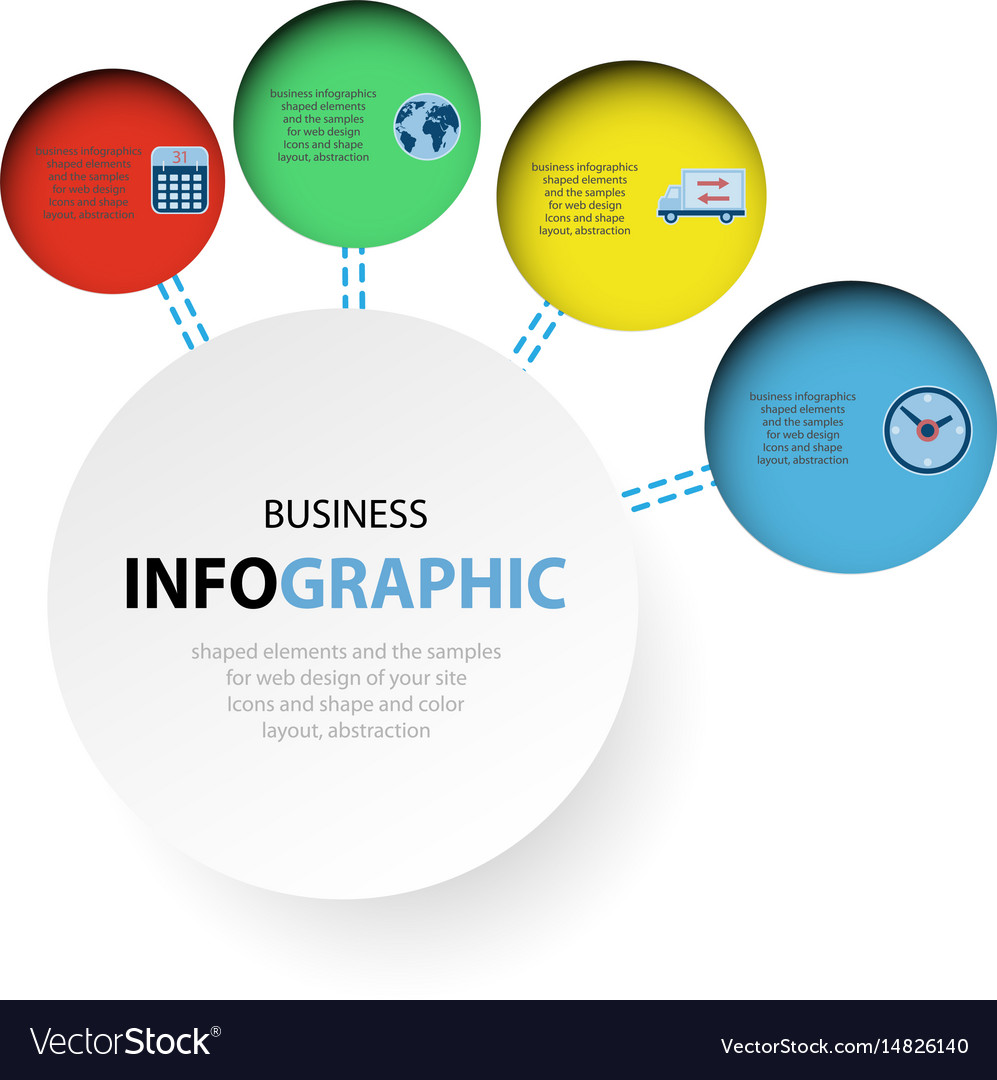The Development Of Web Site Design: From Earlier Times To Currently
The Development Of Web Site Design: From Earlier Times To Currently
Blog Article
Web Content By-Johnsen Hyldgaard
In the past, internet sites were simple and concentrated on details. Navigating was straight, and style was for desktops. Now, visit the up coming internet page is vital. Information guides designs for easy navigating. Responsive designs match various devices. Today, dark setting decreases stress, and minimalist food selections improve navigation. Interactive functions engage users, and vibrant visuals stick out. AI integration increases interaction. See exactly how design has actually progressed to boost your online trip.
Very Early Days of Website Design
In the very early days of website design, simpleness preponderated. Websites were standard, with minimal colors, typefaces, and layouts. The focus got on offering information rather than fancy visuals. Users accessed the net through slow-moving dial-up connections, so rate and functionality were crucial.
Navigation menus were straightforward, generally located on top or side of the web page. Internet sites were made for desktop computers, as mobile browsing had not been yet common. Material was king, and designers focused on simple readability over complicated layout aspects.
HTML was the main coding language utilized, and developers needed to work within its constraints. Computer animations and interactive functions were marginal compared to today's requirements. Internet sites were static, with little dynamic material or personalized user experiences.
Surge of User-Focused Style
With the development of internet site style, a shift in the direction of user-focused layout concepts has actually come to be increasingly noticeable. Today, producing sites that focus on user experience is essential for involving site visitors and attaining service objectives. User-focused design involves recognizing the demands, preferences, and actions of your target audience to customize the website's design, material, and includes as necessary.
Developers now conduct comprehensive research, such as user studies and functionality screening, to gather understandings and feedback straight from individuals. This data-driven technique helps in creating instinctive navigation, clear calls-to-action, and aesthetically enticing user interfaces that reverberate with site visitors. By placing the user at the center of the style process, websites can supply a much more personalized and satisfying experience.
Receptive layout has actually also emerged as a key facet of user-focused design, guaranteeing that websites are enhanced for various devices and display dimensions. This flexibility boosts availability and usability, catering to the diverse methods customers connect with internet sites today. Fundamentally, the increase of user-focused design symbolizes a change towards developing electronic experiences that focus on the requirements and assumptions of the end individual.
Modern Trends in Website Design
Check out the most recent trends shaping website design today. One noticeable trend is dark setting layout, providing a sleek and contemporary appearance while lowering eye stress in low-light environments. Another crucial fad is minimal navigation, streamlining food selections and improving customer experience by concentrating on essential elements. Integrating micro-interactions, such as animated switches or scrolling effects, can create an extra interesting and interactive site. Receptive design stays essential, making sure seamless user experiences throughout numerous tools. Additionally, making use of vibrant typography and asymmetrical layouts can include visual passion and accentuate details material.
Integrating AI technology, like chatbots for customer support or personalized referrals, improves individual involvement and simplifies procedures. Access has additionally become a substantial fad, with developers focusing on comprehensive design methods to deal with varied customer needs. Accepting sustainability by optimizing web site performance for rate and performance is an additional arising trend in website design. Teaming up with customer feedback and data analytics to iterate and enhance design constantly is crucial for staying relevant in the ever-evolving digital landscape. By embracing these contemporary trends, you can produce an aesthetically appealing, straightforward internet site that reverberates with your target market.
Final thought
As you reflect on the development of web site layout from the very early days to currently, you can see exactly how user-focused style has come to be the driving pressure behind contemporary fads.
Welcome https://www.inc.com/peter-roesler/tips-for-optimizing-your-blog-post-after-its-live.html of adjustment and adjustment in web design, constantly keeping the individual experience at the leading edge.
Tippingpointdigital
Remain current with the current trends and technologies, and never stop advancing your approach to create aesthetically spectacular and user-friendly websites.
Advance, adapt, and create - the future of web design is in your hands.
